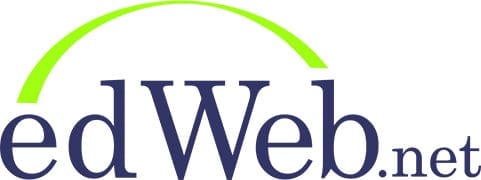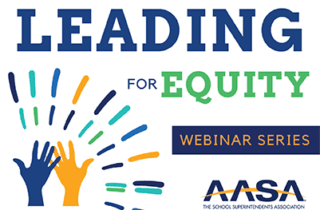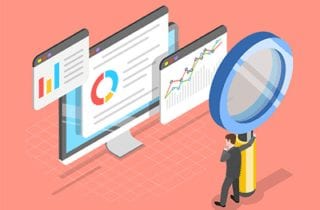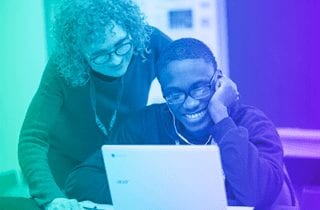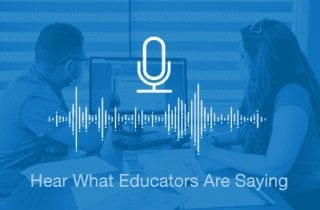“How are the children?” That’s how Dr. Baron R. Davis, Superintendent of Richland School District Two (SC), starts every meeting. He isn’t just asking, though, if they are physically well. Like the traditional Maasai greeting, he’s asking if the people in his district are making the children their priority every day and making sure they are doing everything to take care of the children on every level.
Using data to determine the needs of economically disadvantaged students and make good decisions about them has helped one school district provide more equitable outcomes, meet the challenges of the COVID-19 pandemic, and increase opportunities for high school graduates to succeed in college and their careers.
Elbow bumps and smiles. Affirmations. Recognizing that everyone matters. Sounds like a lovefest, right? It is, but in school, hope-building and life-affirming practices can grow students’ self-pride and resilience. Such strategies support students as they navigate challenging times (like the pandemic), and build their social-emotional strength to pursue a future rich with possibility, explained educational leaders in the edLeader Panel “Hope, Mattering, and Moving Forward,” sponsored by Gaggle. The panelists shared ways they make students feel they genuinely matter and propel their forward movement with hopefulness.
What skills and training do businesses want from the next generation of workers? That’s the question leaders in the Foster-Glocester Regional School District (RI) asked as they reimagined education for the 21st century. More important—how do they make sure students are succeeding with this new plan? During an edLeader Panel, sponsored by CatchOn, An ENA Affiliate, Eric Butash, Director of Education Technology and Data Integration for the district, discussed how they used data analytics to build their personalized student learning pathways.
When many schools and districts address equity problems, they tend to look at the big picture and overall outcomes. But according to the presenters in an edWebinar, hosted by AASA, The School Superintendents Association and AASA’s Leadership Network, the more effective approach is to identify specific problems for specific groups of students and make key changes that address those individual needs. By combining the small group focus with short cycles of improvement, schools can truly create a system where every child is receiving the best possible education.
As controversies about the pandemic, climate change, and social justice continue to make headlines, these same topics also provide opportunities for students to learn and apply media literacy skills that will help them with their course work, personal lives, and civic engagement.
Due to COVID-19, most of our educational systems reflect a new normal, with hybrid and remote learning, increased use of technology, and teacher professional development. In a recent edLeader Panel sponsored by Boxlight, Dr. Alex Leis, CEO, and Krista Walker, Professional Development Program Manager of Boxlight-EOS, discussed the challenges and successes of professional development with panelists from Clayton County Public Schools (GA) and Phoenix Union High School District (AZ).
School systems, school buildings and classroom leaders have the opportunity to model methods to promote racial justice. The approaches will vary, from courageous conversations in the classroom to inclusive, student-centered school design.
How can school districts provide more equitable outcomes for their full range of students, while also implementing anti-racist policies and procedures? The hard work and “authentic journey” required to achieve these sorts of outcomes were discussed during a recent edWebinar, hosted by AASA, The School Superintendents Association and AASA’s Leadership Network. The presentation featured Dr. Luvelle Brown, Superintendent of the Ithaca City School District (NY), Lily Talcott, Deputy Superintendent of the district, and Deborah Ptak, Principal of the district’s Lehman Alternative Community School.
Science education during COVID has challenged the best of teachers. But even during the crisis, they dug in, designing creative digital learning experiences, using technology for enhanced remote engagement and leveraging local phenomena and investigations for students and their families to do at home.

